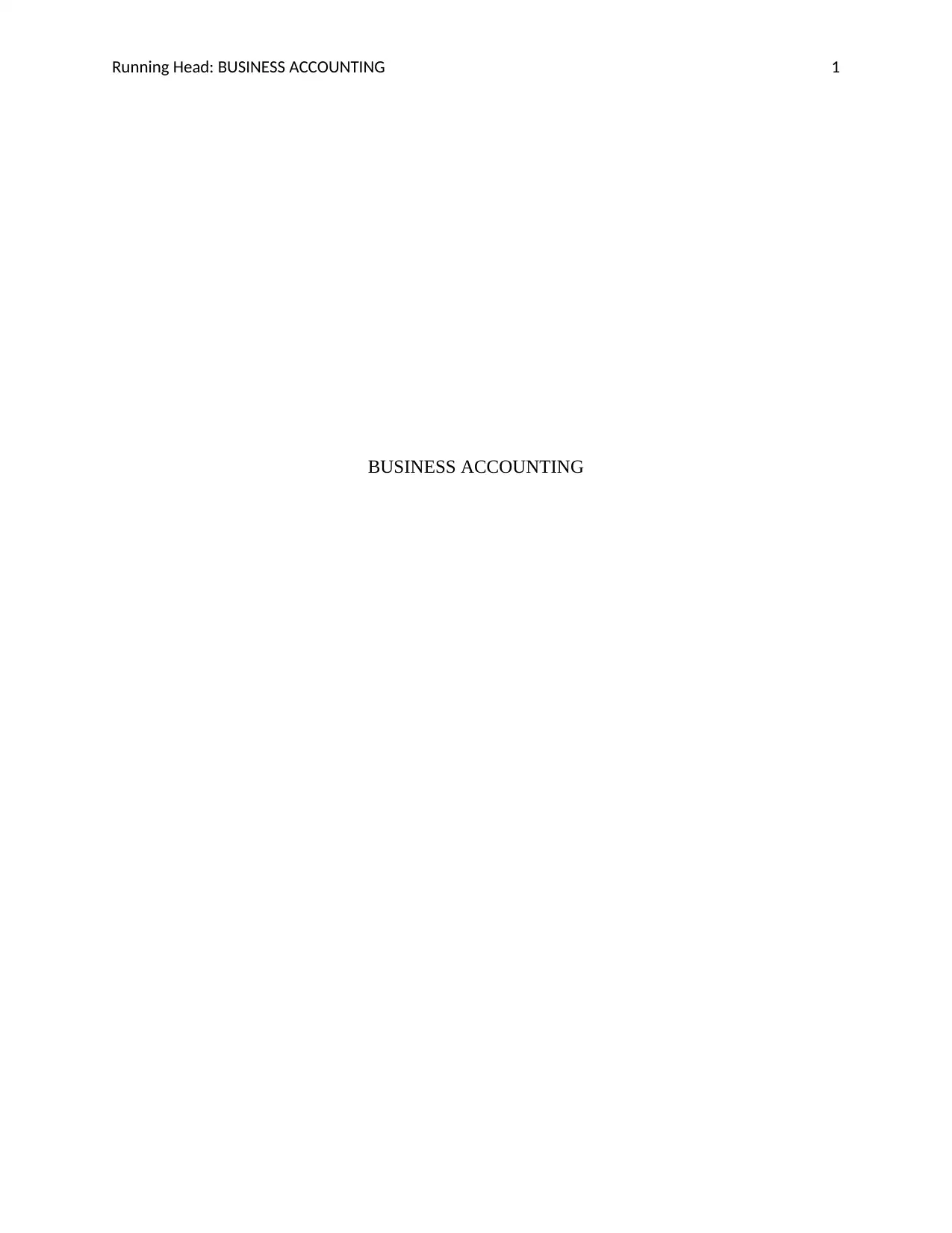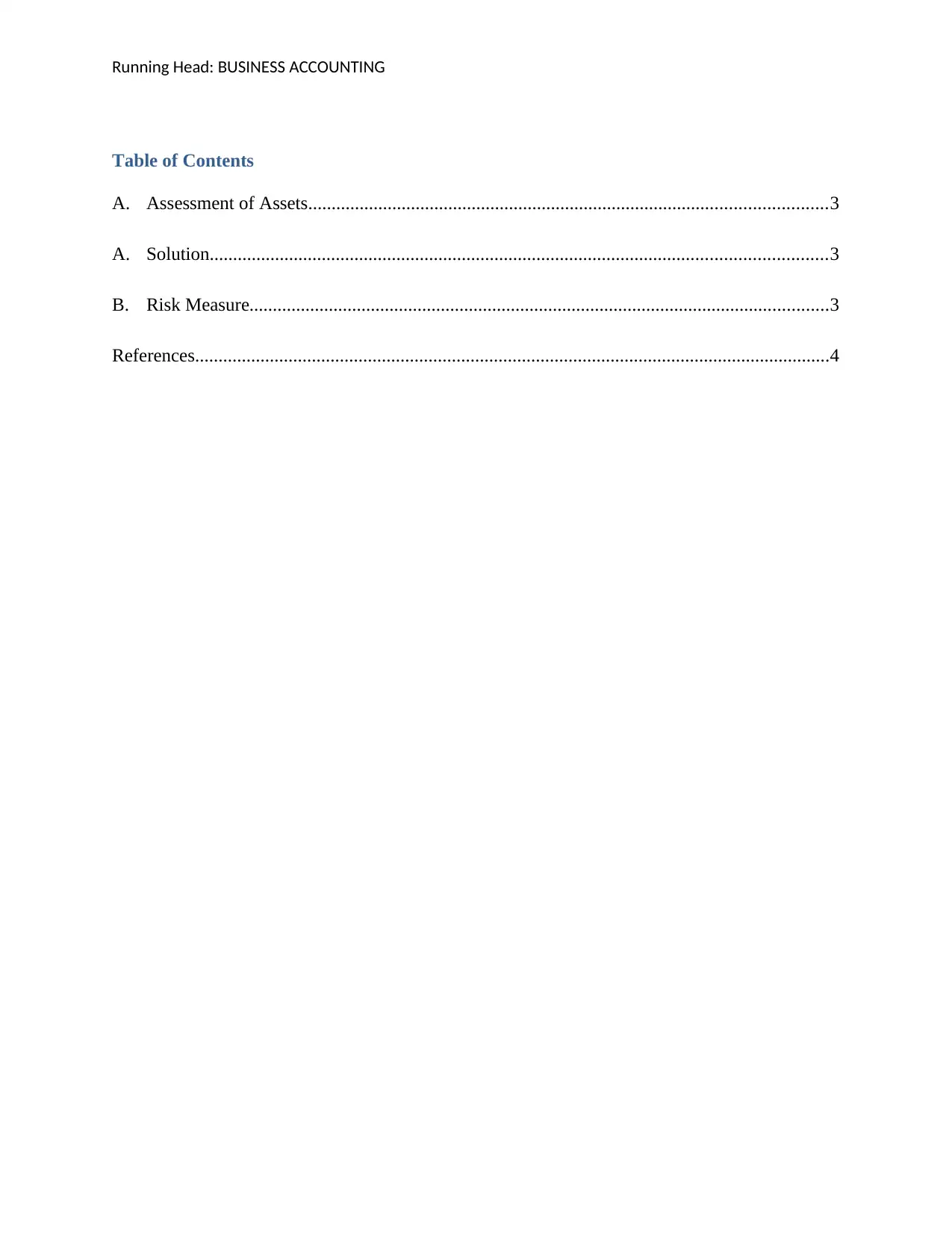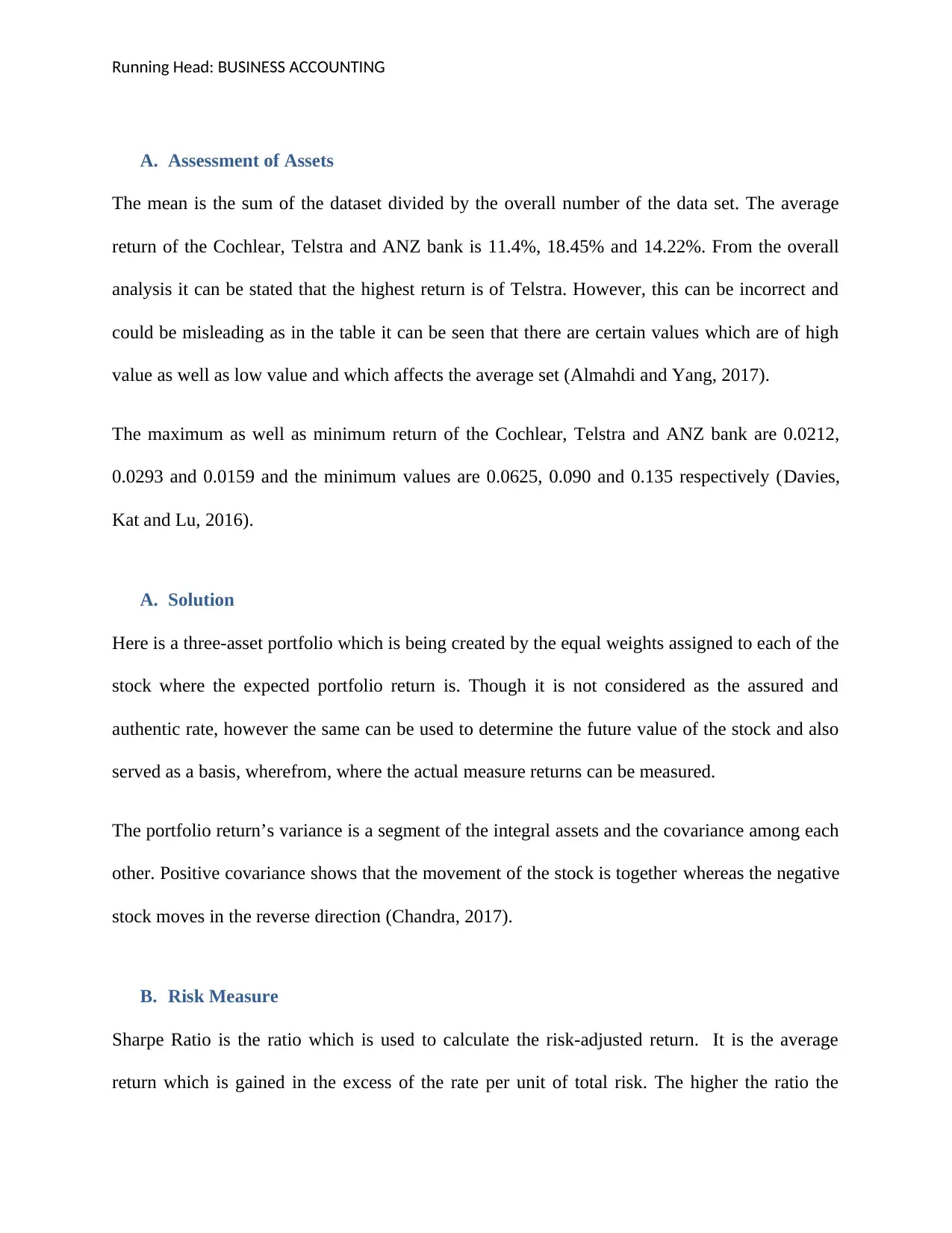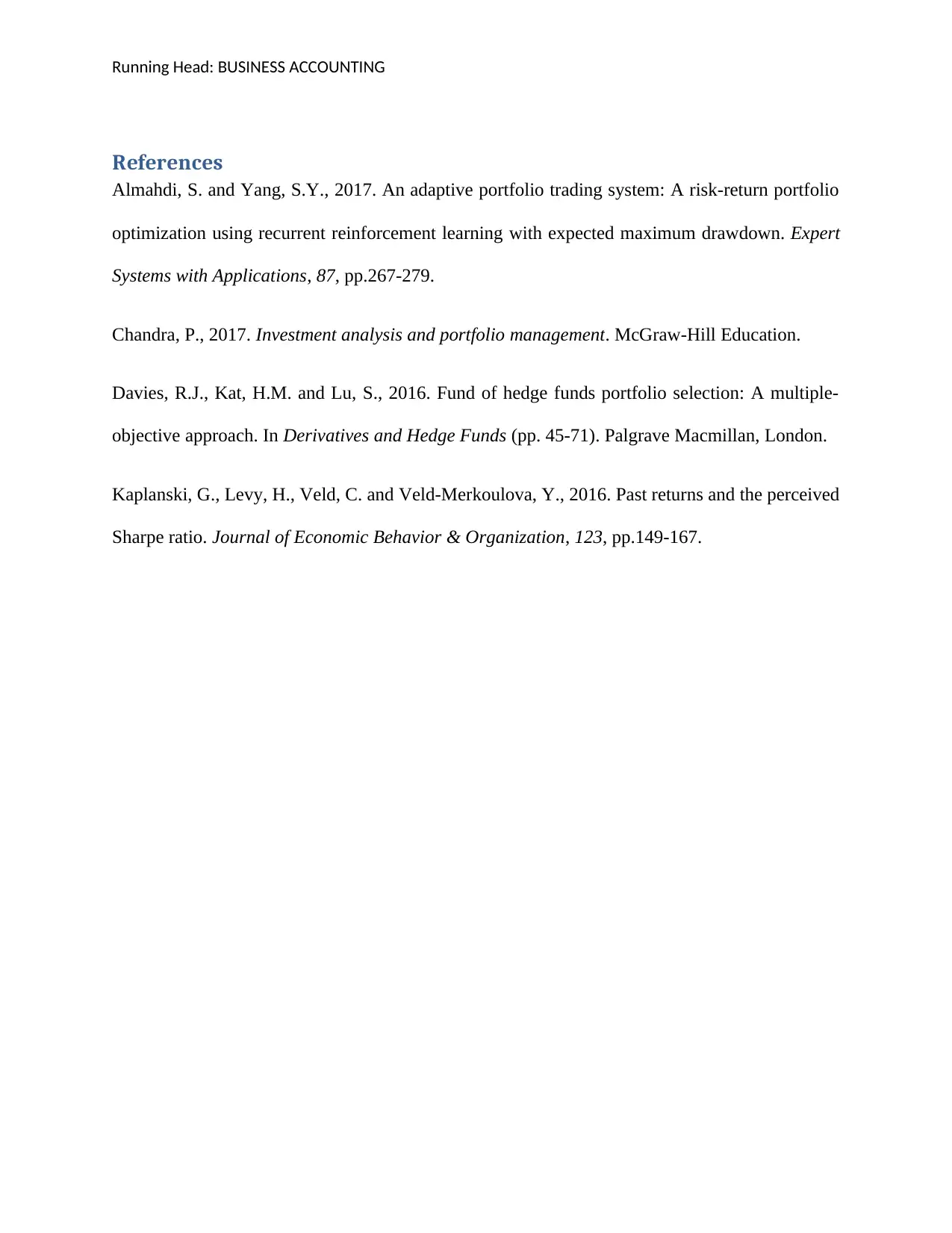BAFN204 Portfolio Management Report: Risk and Return Analysis
VerifiedAdded on 2022/12/29
|5
|536
|93
Report
AI Summary
This report, prepared for a Portfolio Management assignment (BAFN204) at Peter Faber Business School, analyzes the risk and return of various stocks listed on the Australian Stock Exchange (ASX). The report begins with an assessment of assets, calculating average returns for Cochlear, Telstra, and ANZ Bank, with Telstra showing the highest return. However, the analysis acknowledges the impact of high and low values on the average. The report then outlines a three-asset portfolio with equal weights, discussing the expected portfolio return and its use as a basis for determining future stock values. The variance of the portfolio return is also discussed, highlighting the impact of covariance. The report concludes with a risk measure, the Sharpe Ratio, indicating Telstra's highest ratio, followed by ANZ and Cochlear. The report includes references to support its findings.
1 out of 5






![[object Object]](/_next/static/media/star-bottom.7253800d.svg)